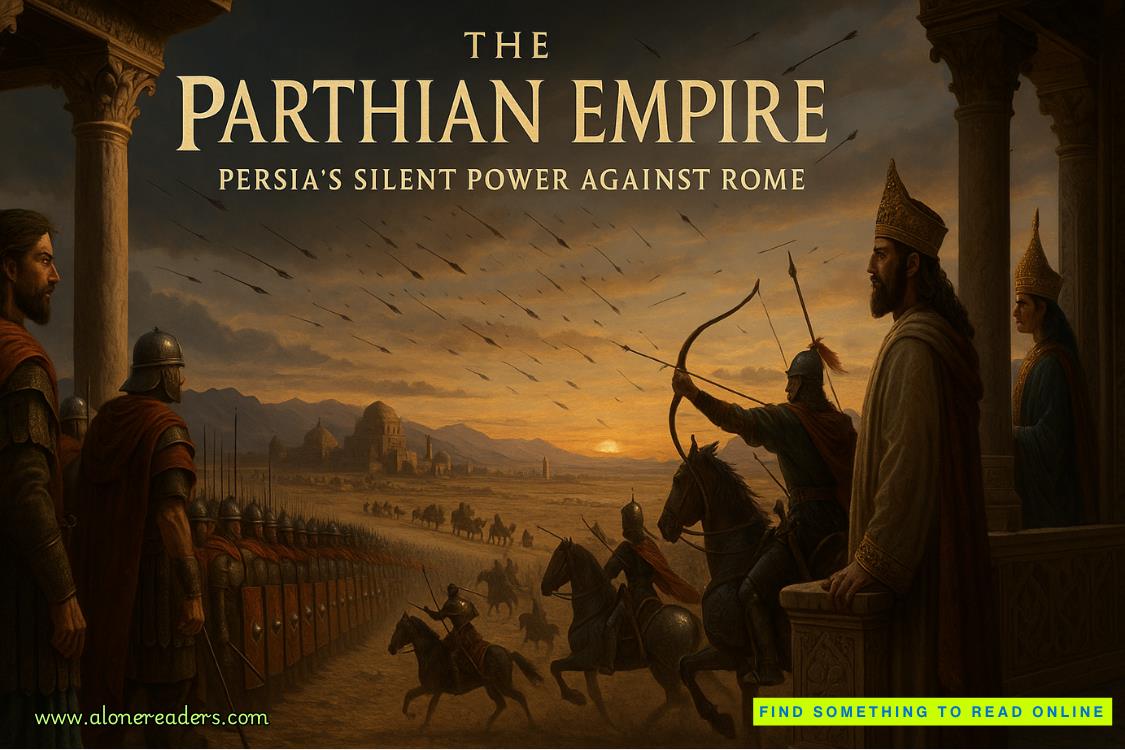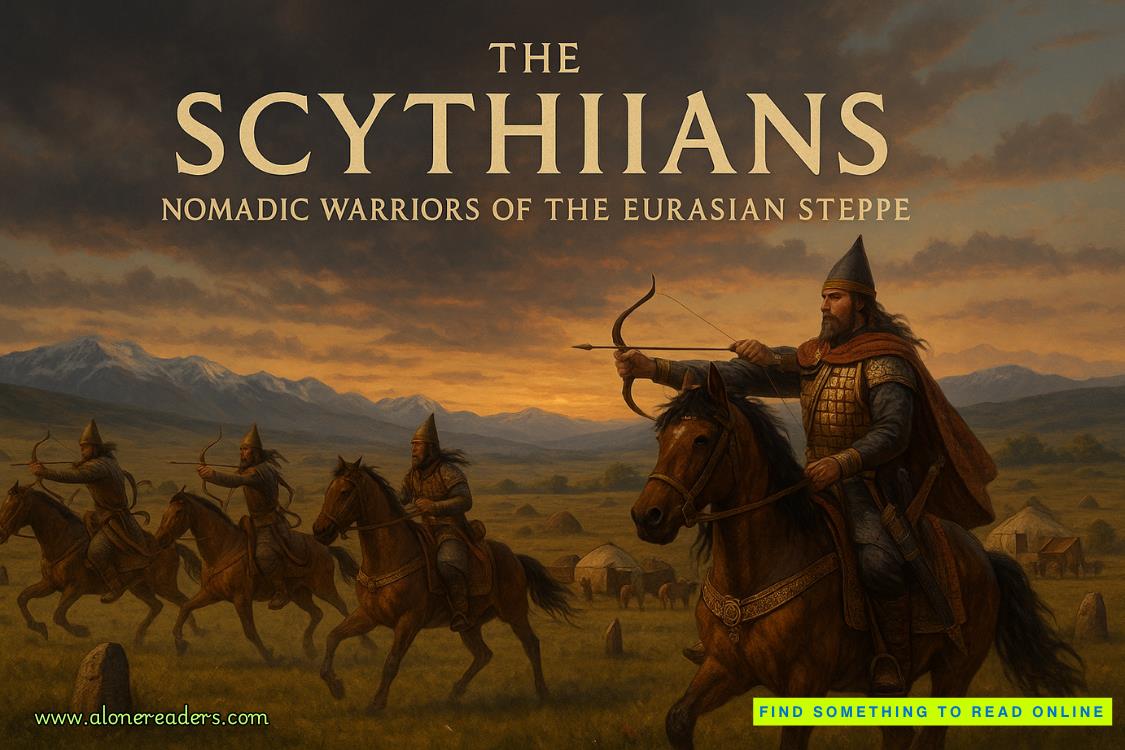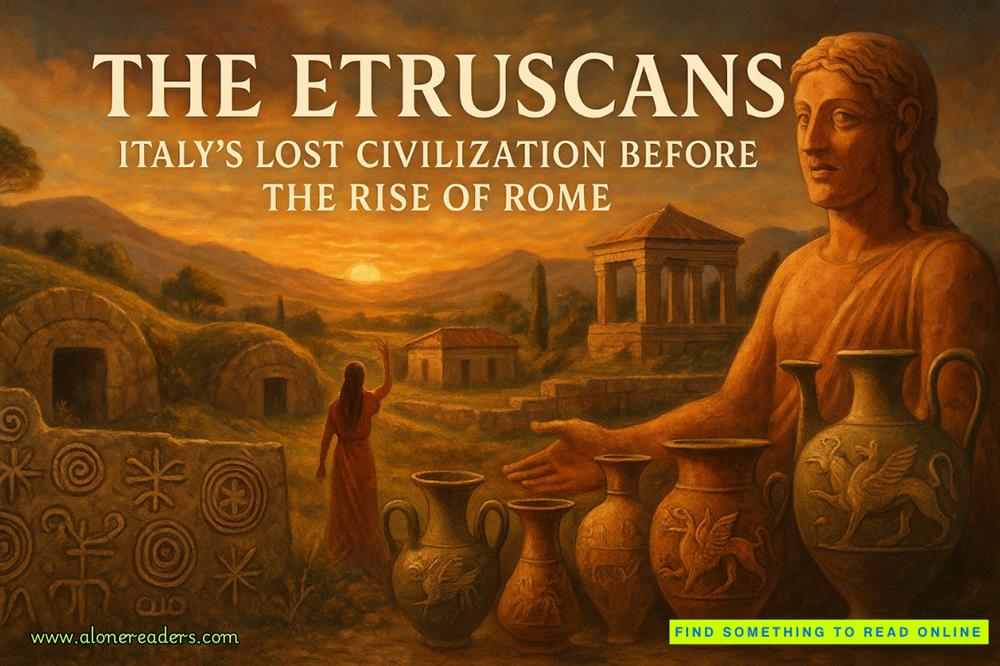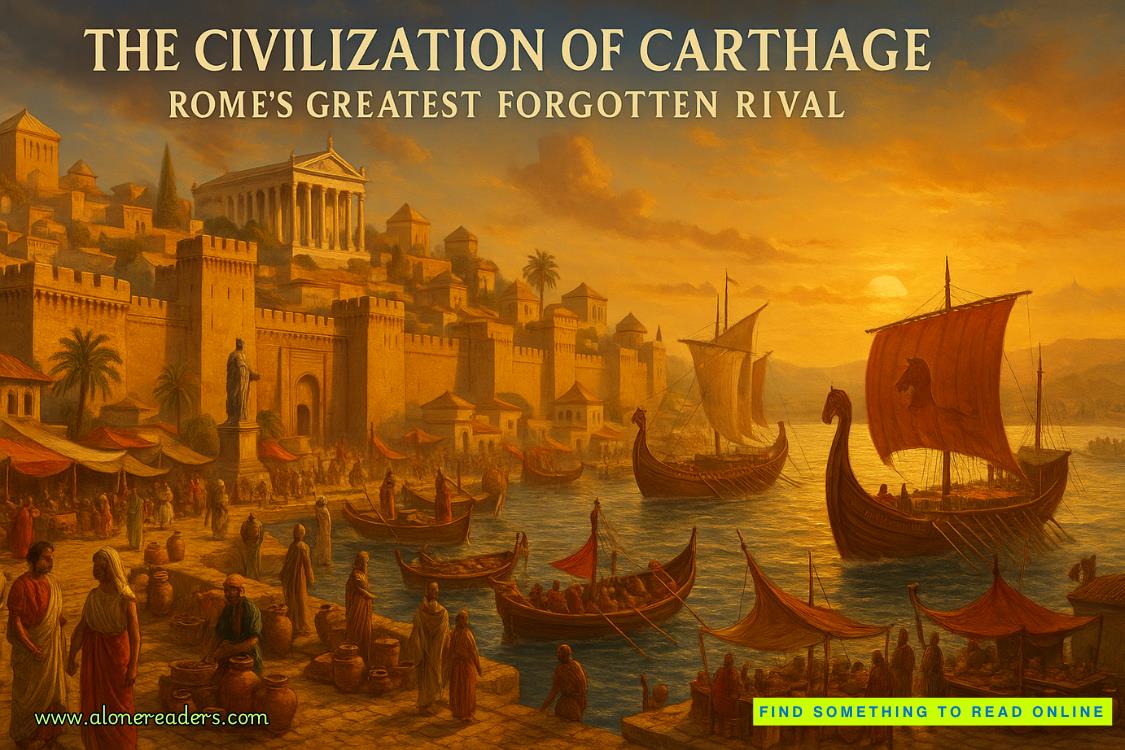Page 26 of Absent Feeling
Ambercould see Simon looking up the standard Rorschach cards.
“Thepattern is similar to card six,” Simon pointed out.
Ambertook a look, just to see if she’d made a mistake when she was looking throughthe Rorschach designs. She could kind of see why Simon thought the two weresimilar, but to her, there were significant differences.
“They’renot quite the same,” she pointed out. “The shape isn’t identical, and it’s oneof the designs that is all in black and grey, whereas the killer’s card isred.”
“Maybethat’s just to mirror the blood,” Simon suggested. “I still think it’s closeenough that we need to consider the possibility that he’s just working fromthis existing design.”
Amberwasn’t convinced, though. She went back to focusing on the inkblot design. Therewas something about its shape that seemed very deliberate, very precise.
“WhatI don’t get,” Simon said, “is how he’s so precise about everything in thesecrimes, but the actual method of killing is so violent.”
“Whatdo you mean?” Amber asked. She was only half focusing on what Simon was sayingnow. Instead, she found herself thinking about the design of the inkblot.Assume for a second that itwasdeliberate, then the pattern had to beimportant to the killer, right?
“Thisis a killer who breaks in quietly, who watches his victims, who doesn’t leave atrace behind.” Simon sounded almost impressed by the level of skill that thekiller had shown in that. “Most killers make mistakes, but with this one … it’slike he planned all of this for a long time beforehand.”
“So,this is someone meticulous,” Amber said. The killer certainly seemed to bemeticulous about the patterns he left at the scene. What could the pattern ofthe inkblot be? What could it represent? Amber screwed her eyes up, trying to workout what she could see in the pattern, looking at it the way that someone mighthave looked at a normal Rorschach test.
“Exceptat the moment when he kills,” Simon said. “Then there’s something brutal andviolent about it, like he isn’t in control anymore.”
“So,he reaches that moment and then he snaps.”
“Butthat’s just it,” Simon said. “He must know that’s going to happen. He goes intothe houses of these people, he confronts them, and something about thatconfrontation means that he goes berserk, stabbing them again and again. Then,in the aftermath, he’s calm again, able to arrange the scene exactly the way he… Amber, are you listening to me?”
Ambernodded. “It’s a killer who’s meticulous but then goes wild.”
“Areyou still looking at inkblot patterns?” Simon demanded.
“Atthekiller’sinkblot pattern. Something he designed to be exactly thisshape. I’m sure that’s the puzzle at the heart of all of this, and if I just—”
“Amber,what if there isn’t a puzzle?” Simon asked it quietly, but his voice was firm.
Thatmade Amber frown in puzzlement for a moment or two. “What do you mean?”
“Imean that not everything is a puzzle. I mean that you’ve latched onto thatpattern because you’re convinced that it holds the key to all of this, but whatare you expecting from it? That the killer has worked his identity into itsomehow?”
“Atthe very least, it means something to him,” Amber insisted.
Shesaw Simon nod from the other side of the table. “But that’s the problem with aRorschach pattern: everyone sees something different in it. What you see in itwon’t be what I see, and itdefinitelywon’t be what some insane killersees.”
“Whatif there’s more to it than that?” Amber asked. “What if he’s put something inhere for people to find? What if itisa puzzle?”
Simonlooked sympathetic, but even so, he reached out to take the inkblot from Amber.“Not everything is a puzzle, Amber. Not every case we work will have somegrand, interlocking puzzle at its heart.”
“Thenwhat’s the point of me even being here?” Amber asked. She’d asked it before,but she still didn’t feel certain about the answer. As far as she could see, herpresence there was only useful because she was better at solving puzzles andcodes than most people. Wasn’t that the reason she was there as a consultant.
“Amber,you’re not just here for that,” Simon said. “I told you before, it’s about theway you’re able to look at the evidence to see something new.”
“Solet me look atthispiece of evidence,” Amber said.
Simonshook his head, though. “We need to widen our focus. This has to do withsomething psychological, not a puzzle. Maybe we need to widen our searchparameters when it comes to the patients of the Guisborough Wellness Institute.”
“Nowwho’s going over the same thing as before?”
Amberneeded some air. She’d worked well alongside Simon previously, but now it feltas if he was shutting her down by not letting her pursue the approach that allher instincts insisted was the right one. She got up.
“Look,I’ll be back in a couple of minutes,” she said.















